Taming Lovebirds/Parrots
This is the article Rodney wrote in response to someone trying to tame their "wild" lovie:
My Experiences Getting Parrots to Trust Me
I have worked with one of the most dangerous birds in the entire world. It was a Greater-Sulfur Crested Cockatoo named Louie. Louie was 20 years old and caught from the wilds of
I placed his cage in a soothing part of the house and at night I placed him in my bedroom. Birds sleep with their flock not predators. If a bird sees you sleeping they will see that you are not out to get them. This makes a big difference compared to you leaving them for 8-12 hours alone at night in another room and then invading their territory (the cage) in the morning. In the wild, lovebirds constantly watch out for predators or invaders from other birds in their space. When you got your lovebird, did you first hold him a lot, and then missed a few days letting him entertain himself in his cage? Lovebirds and other parrots need daily interaction so they will not only stay sweet, but also form a bond with their human. They need to feel like they need their human, their mate. If you leave the bird in its cage, he feels that he has no use for you. So, when he sees people he thinks of one thing: to defend his territory from an invader. What would we do if a strange person invaded our homes? We would freak out also. That’s what your lovebird is doing; simply defending his territory.
Evee, our 7 month old Dutch Blue started becoming very independent when she discovered her security with flight. She was like” “Why do I have to step-up when I can just fly to where I want to go. And right now, I don’t want you.” So we clipped her wings and now she loves coming to us; even when we don’t want her to sometimes. She will flutter or climb to us from her playpen. Now that she is getting her wings back, she flies to us instead of away. Clipping wings is an attitude adjustment for lovebirds. After Angel got her wings clipped, she let children pet her. Evee will defend her cage after we put her to bed at
So don’t let your lovebird ever have a reason to bite and if she does, show no reaction. Some people say tell the bird no and place it back into its cage, but that is what the bird wants in the first place. Your lovebird needs to know that its territory is not only his cage, but also in the safe parts of your house. A playpen or food and toys on top the cage will give your lovebird something to look forward to when he is out of his cage. While you are supervising him, open the cage door. If he doesn’t come out, simply take the bottom of the cage off and turn the cage upside down. Lovebirds and other parrots naturally climb up. When he comes out, see if you can slowly turn the cage right side up again while he is climbing to get right side up. Then open his door again so if he wants to, he can go back to his cage. While he is on top of the cage, give him lots of toys, food, and bathing opportunities so he can have something to do while he is on top of his cage. Remember, he needs to know that there is life outside of his cage, and that the world is fun also. If he flutters off his cage don’t go chasing after him (that is what predators do!). Either place his cage near him so he can climb up, lay down on the floor, or sit Indian style to see if he will climb on you. If he isn’t too freaked out, let him explore your home. Place some food and toys on the floor; make his world fun for him, not scary. This step might be too soon for his needs and nerves. But the goal is for him to know that his only world is not just his cage, but also you, your home, and even life outside your door. Maybe you need to start from ground zero like we did for our breeders Dewey and Sierra.
Before we got breeders, Tamara said they had to be tame. Even though I tried to explain to her that breeders could not be pets, especially with babies. So, I took up the challenge. Dewey and Sierra were five years old and mature parent raised birds; this was going to be fun. I started by letting them out of their cages to get them familiar with us and being around their new home. We did not try to touch them or even hold them. If they wanted to fly around (we will never clip their wings because they can fly in their cage), go back to their cage (we left the door open), or even land on us they could. We let them have fun exploring. Dewey and Sierra have always been afraid of hands and fingers. When I placed my hand in their cage to change their food and water they would freak out (sound familiar?). So I started by eating breakfast beside them to get them used to my presence. They would not accept food from fingers at first, so I placed some of their favorite foods (sunflower, safflower, and millet) on toys and perches where they would normally not find millet. I would eat with them like a flock in the wild. Parrots do not eat with predators. Then I would move my chair closer to them while they were sleeping at night so they did not notice the move. We would eat together. I would talk quietly to them not making eye contact at first. I offered them treats from my hand; weeks went by and they took nothing.
While they were getting to feel more comfortable around me, we played little games like if they blinked, I would blink or if they yawn or stretched, I would do the same. Birds will stretch to say hello. Since I was consistent everyday and they got used to routine, we made progress. One day a breakthrough happened: Dewey took a sunflower seed from my hand. We still would let Dewey and Sierra out everyday, and everyday their confidence grew. They were terrified of hands so I tried offering my shoulder while they were on top of their cage. Of course, Dewey and Sierra would not step-up the first time, but they were starting to notice me and my actions when I cleaned their cage trays and changed their food and water. When they started perching with confidence on their cage tops and the birds’ playgyms, I tried offering my shoulder again; still nothing. Dewey and Sierra started to hang out more with us. I placed paper and magazines on the couch to see if they would chew on them for their nestbox; and they did. I never tried to touch them; we just enjoyed each others company. We were playing together just like birds in the wild. While I was cleaning their trays from their cages, Dewey seemed very interested with the running of the water. So with confidence, I offered my shoulder and said up. He and Sierra jumped on, ran down my arm to my hands, and took a bath under the sink. I still do this everyday. What a breakthrough!
Routine is very important to bonding with a lovebird. I figured out that Dewey and Sierra were scared of fingers, so I closed my hands like a soft fist and offered my arm instead. While saying up, they stepped up on my arm. At their previous owners, I learned that they used to bite very hard. They would bring out the blood. But my wife and I never gave them a chance or a reason to bite; we never pushed them to do anything they did not want to do. That’s how we got progress; by establishing a constant, steady routine. Since we cleaned their cage everyday, they got used to us messing with their stuff. Then, when Sierra is sitting on their eggs, Dewey would still crave the attention and play time. So, he would rush to the door, and I would place my arm in their cage for him to step-up. He now knows the rules; if he wants out, he has to step-up.
I expect more of them now, because they have been with us since last August. Your lovebird can live more than 20 years; if you put in the time and get him to trust you again, then you will not even remember what it was like when he was “mean.” Get him used to your home and you; while he is out of his cage, take the next steps. You never know when the breakthrough will happen. Sierra’s first step-up on my fingers was when she was flying and she missed a branch on our ficus tree. She fell on the floor, and I said, “Sierra Baby, I’m here; Step-up,” and she did. That’s when she saw me as a comfort and friend.
Also, here is another technique: when your baby calms down enough to perch on a T stand you could start clicker training. It is like playing a child’s game like “Hot and Cold.” Simply lay your hand on the stand on the opposite side of your lovebird. Show a treat in the direction of your lovebird. If he takes even one step, click, praise, and give him a small treat. If he doesn’t move in the direction of your arm/ hand, simply do nothing (completely ignore him). Try again keeping lessons to only 15 minutes. This is how I trained Louie after I got him to trust me in the same fashion as Dewey and Sierra. If he is bonded to his cage, his reaction is a very normal behavior. Also, lovebirds like other parrots go through a challenging adolescence stage where they challenge their humans, flock, and everything around them.



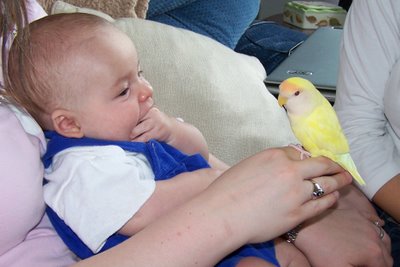



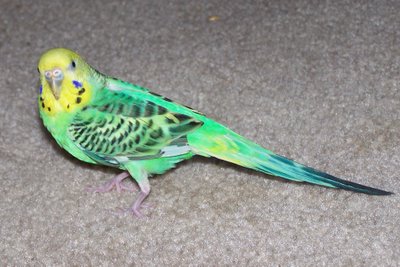




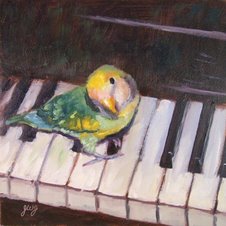
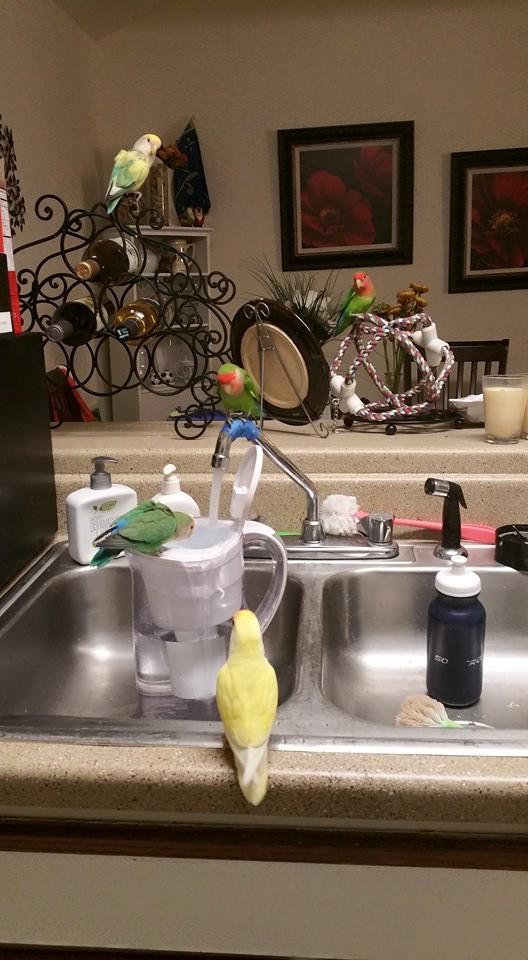




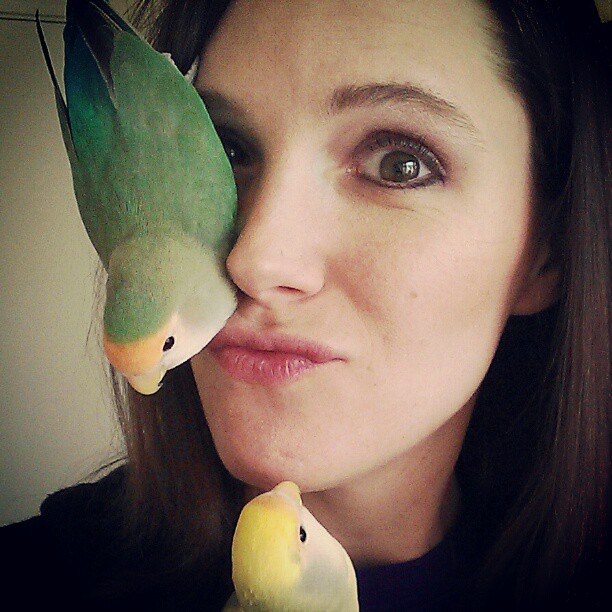 (919) 322-9334 (after 5pm EST, M-F; 10-2pm EST, Sat)
(919) 322-9334 (after 5pm EST, M-F; 10-2pm EST, Sat)











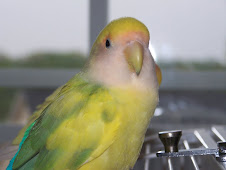

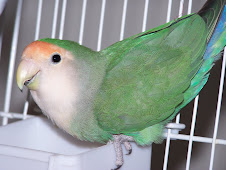



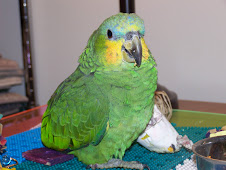
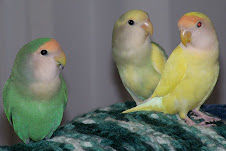


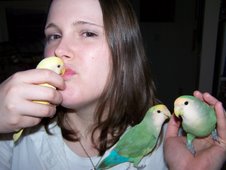
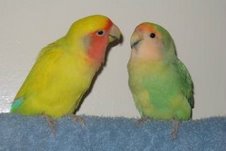
.jpg)

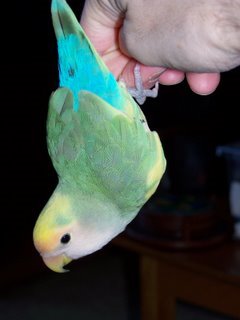
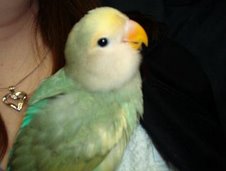
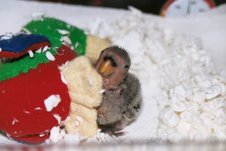
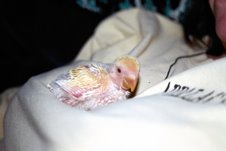




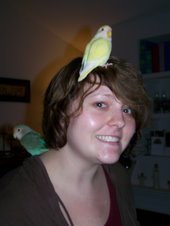
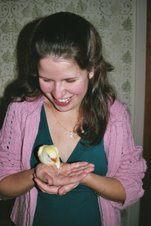



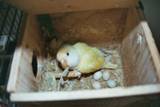
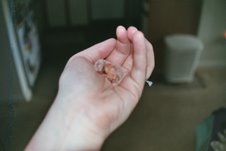
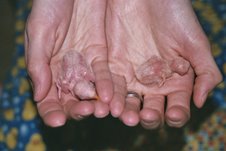
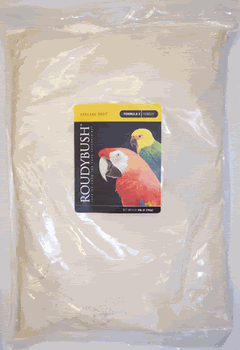
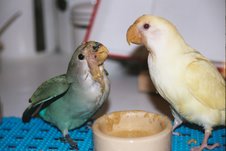
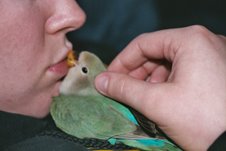
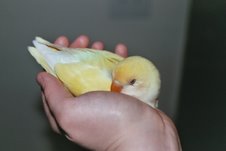
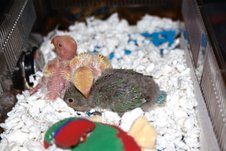
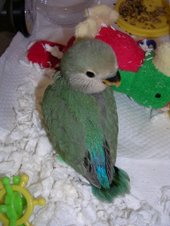
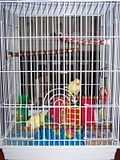
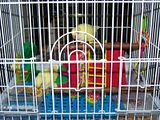
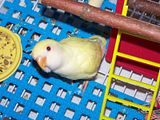

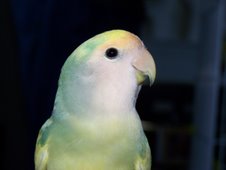

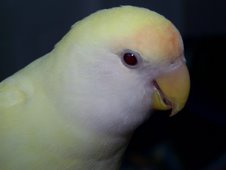
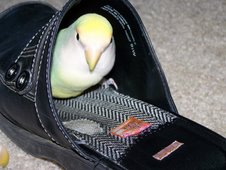
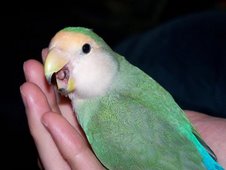


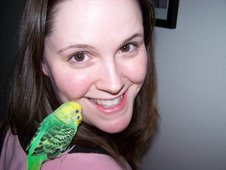
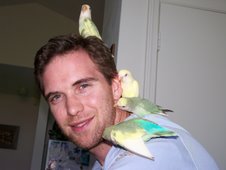

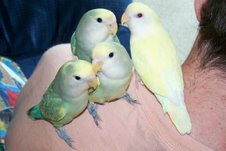





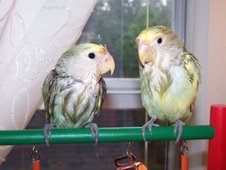



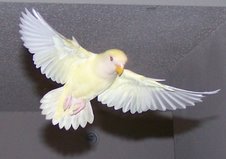
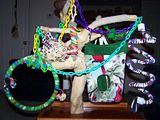
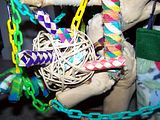
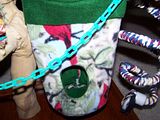

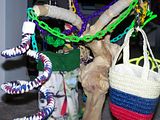
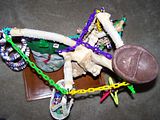
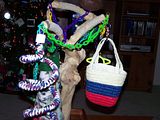
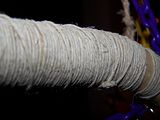
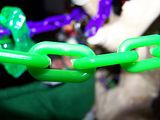
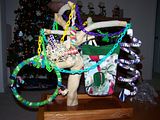
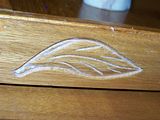
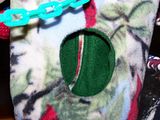
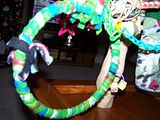
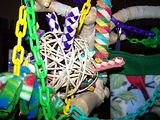
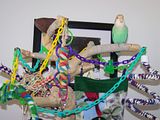

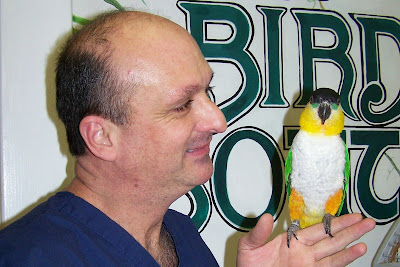







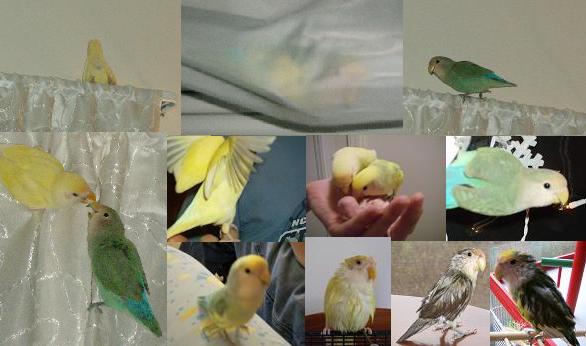
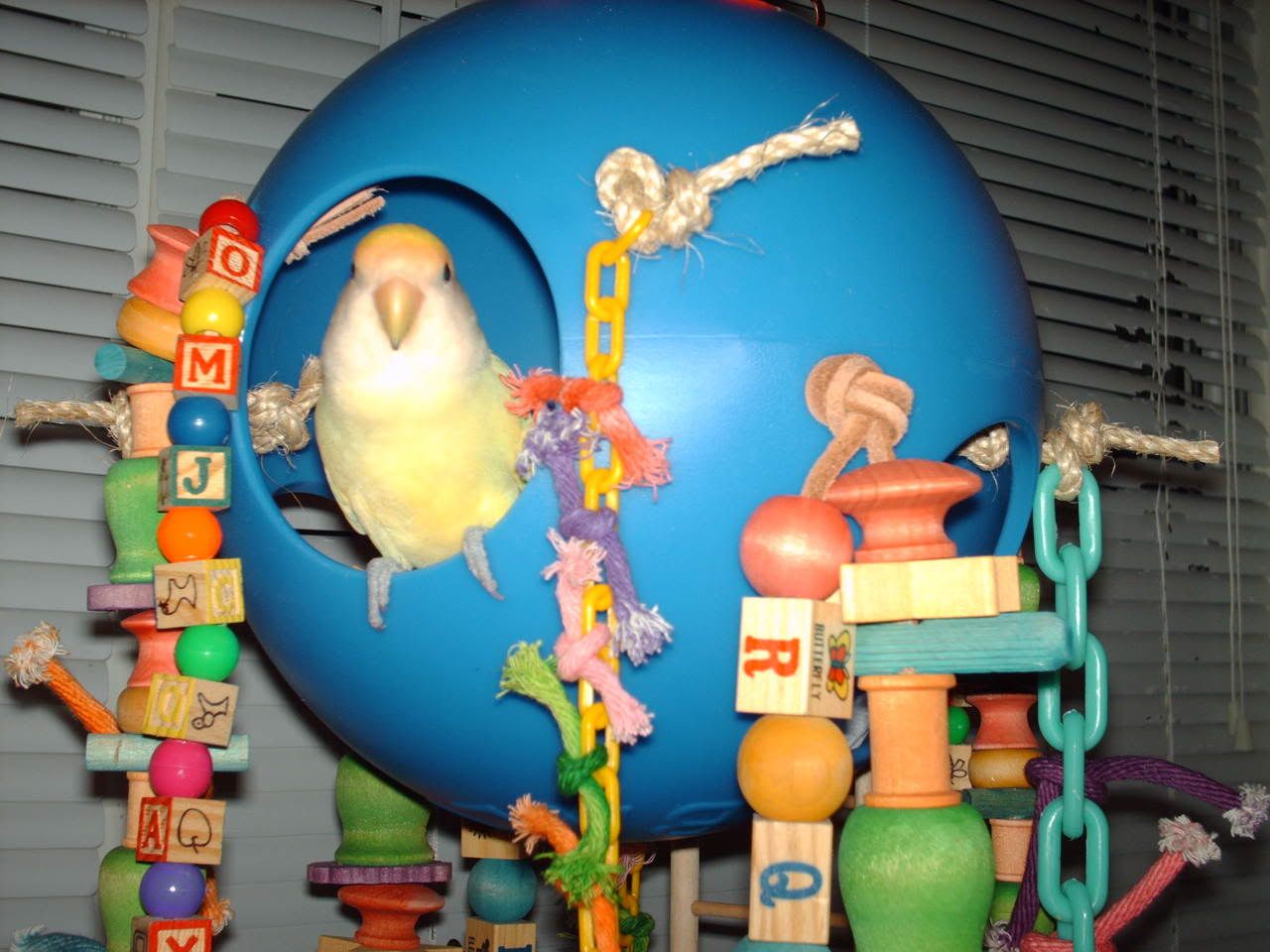
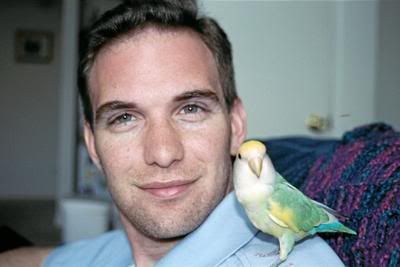
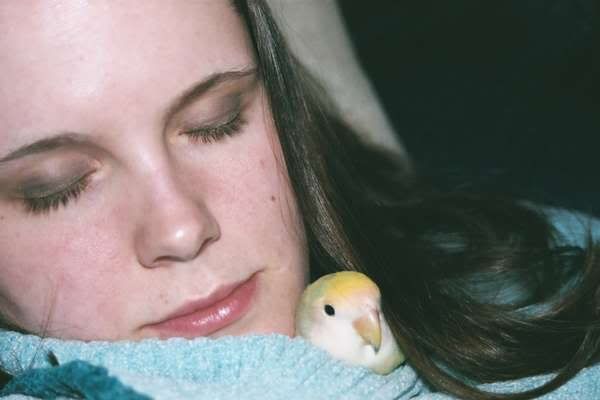
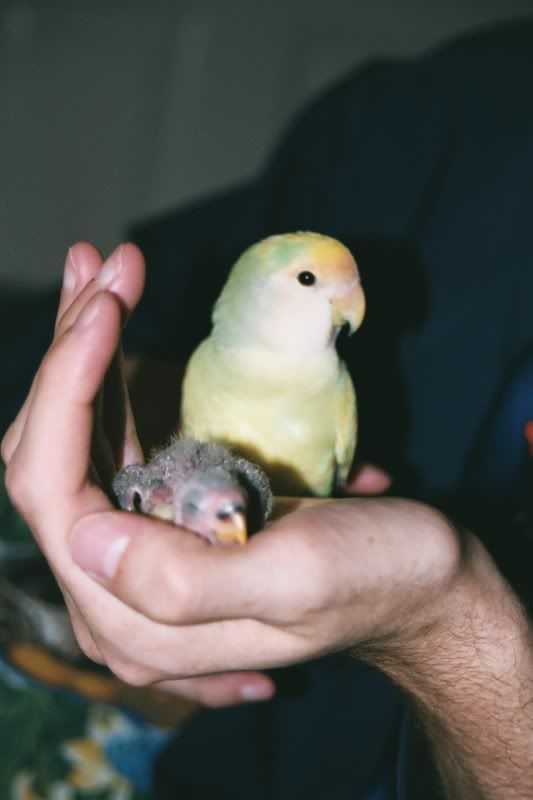
No comments:
Post a Comment